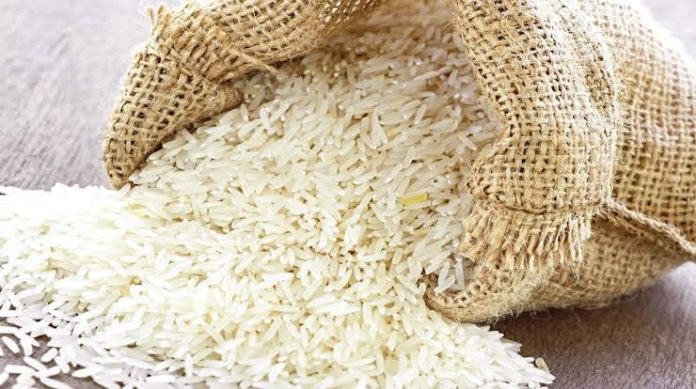The dynamics of basmati rice exports in India are undergoing a notable shift in 2024, primarily driven by intensified competition from Pakistan, along with various internal and external factors influencing market dynamics.
In 2023, India witnessed a remarkable surge in basmati rice exports, reaching 4.9 million metric tons, accompanied by record revenue of $5.4 billion. This upswing was driven by a variety of factors including favorable market conditions, increased production, and robust demand, particularly from key importing nations such as Iran.
However, the landscape has swiftly evolved in 2024. Pakistan, a major competitor in the basmati rice market, has rebounded with increased production, positioning itself as a formidable contender with competitive pricing strategies. The depreciation of the Pakistani rupee further enhances its export competitiveness, enabling it to gain traction in international markets previously dominated by India.
Moreover, India’s own production surge, marked by a 10% rise in basmati rice output, is exerting downward pressure on prices, making it challenging to maintain competitive pricing in the face of Pakistan’s aggressive market approach.
The geopolitical scenario, particularly disruptions in shipping routes and lower demand from key importing nations like Iran, further compounds India’s export challenges. Iran, historically one of the largest importers of Indian basmati rice, has been impacted by various economic and geopolitical factors, leading to a decline in demand.
Consequently, India finds itself in a precarious position, with declining market share and export volumes in the face of intensified competition and unfavorable external factors. To mitigate these challenges and sustain its position in the global basmati rice market, India may need to explore strategic measures such as enhancing product quality, diversifying export destinations, and adopting innovative marketing and pricing strategies to remain competitive in the evolving landscape.


